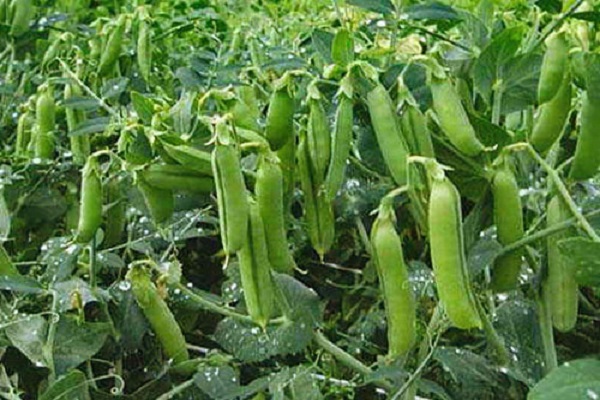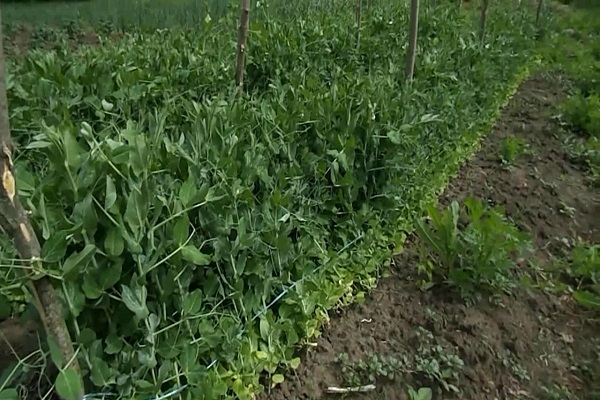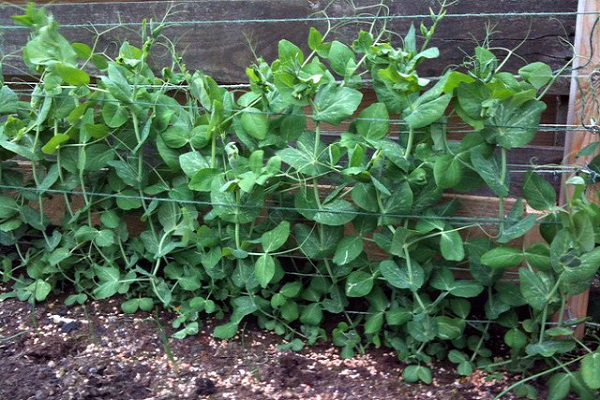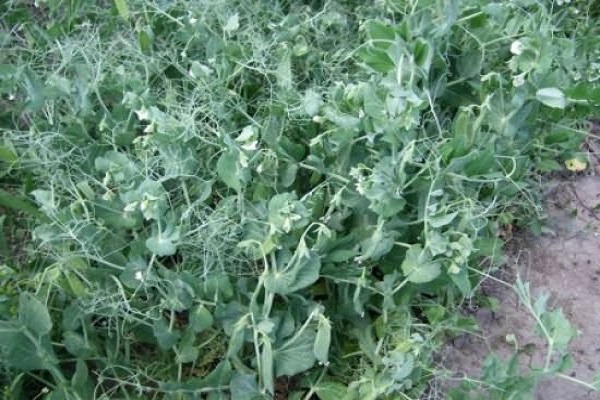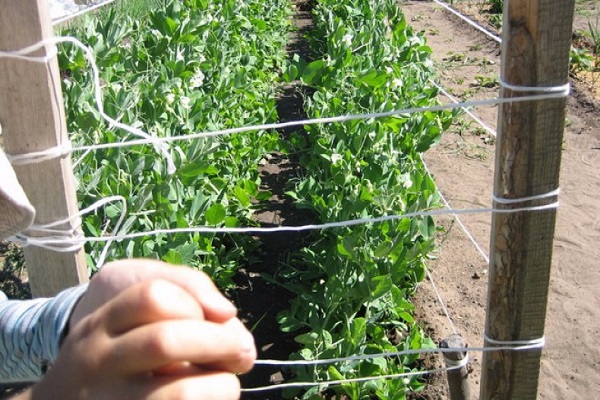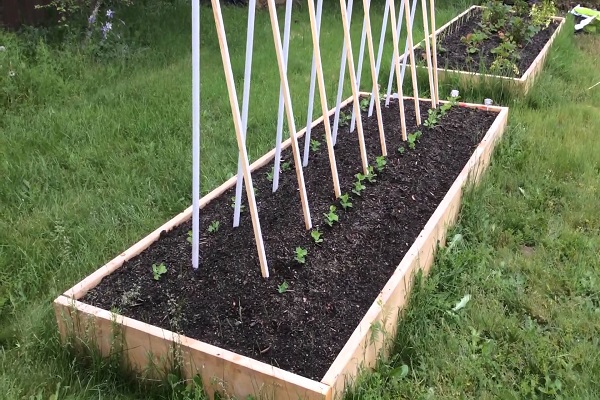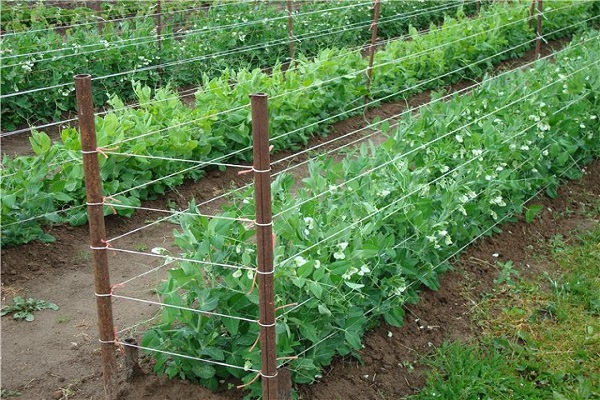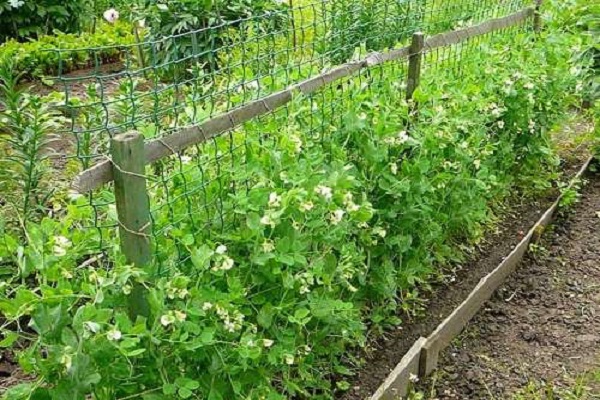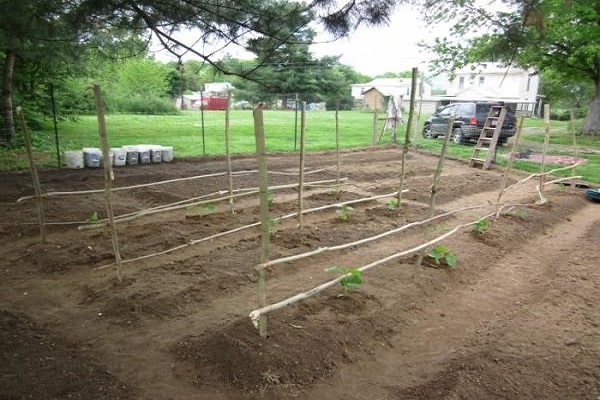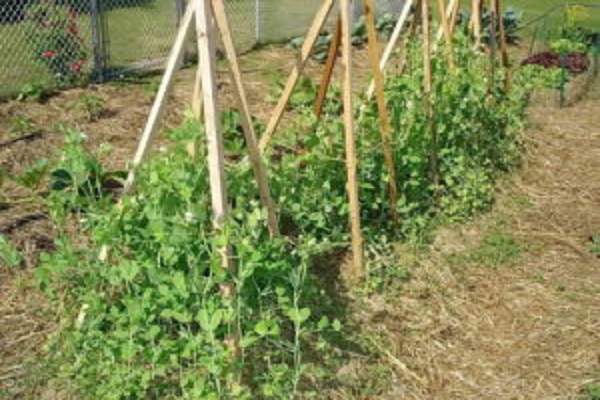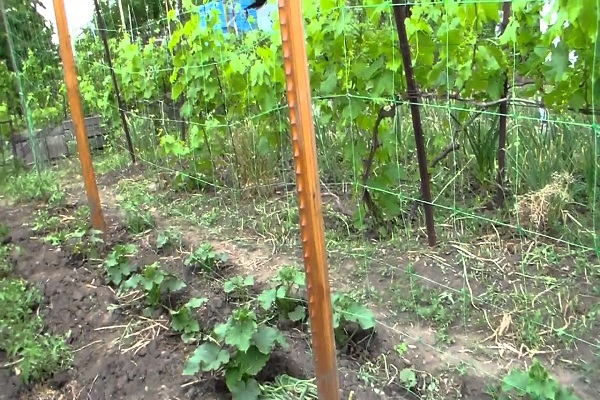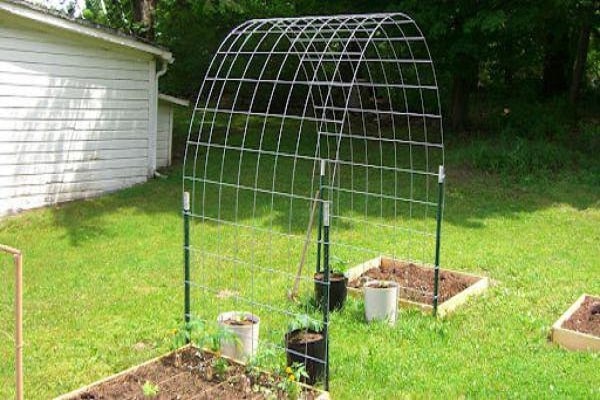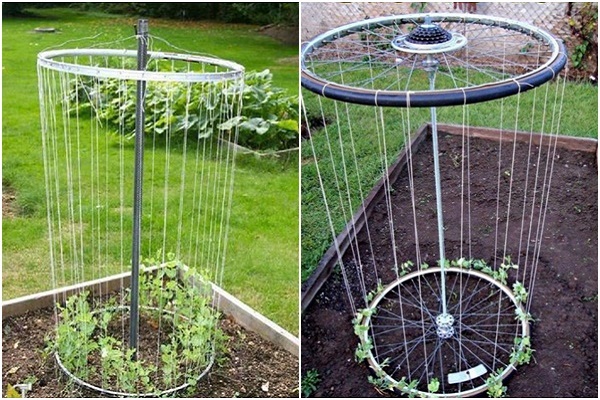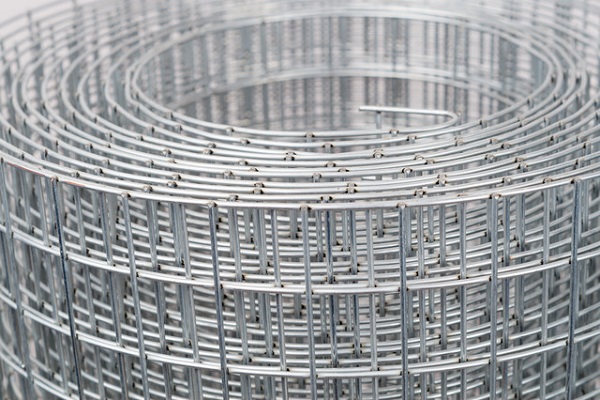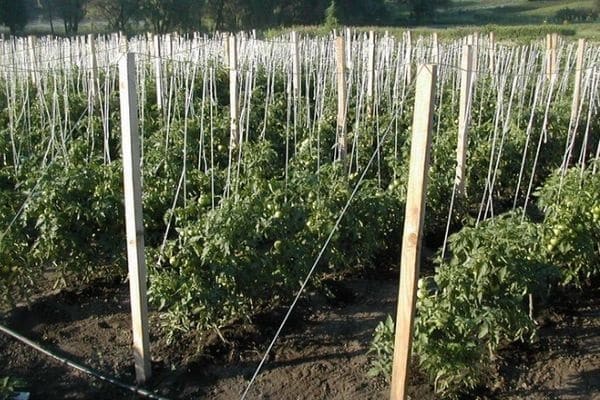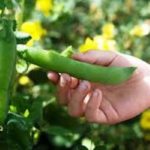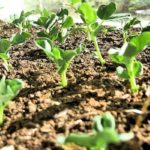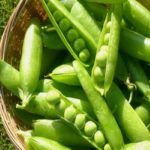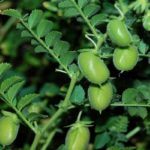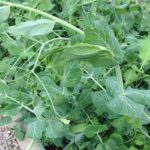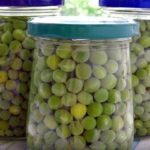Few people grow the crop, but those summer residents who do this should know how to properly tie peas in open ground. What materials are needed for this and how to do it correctly so as not to harm the fragile vines of plants.
Why do you need to tie up peas?
There are 3 main reasons why gartering is necessary for the crop. First of all, part of the crop lying on the ground will definitely rot.The second reason is that the young pods hidden under the vines do not receive enough light and air for proper development. As a result, they ripen unevenly; such a harvest cannot be called high-quality.
The third reason is that the lower beans are hidden from view, so it is easy to miss the moment of harvesting. One ripened pod on a bush gives a signal to the plant, and it stops the growth and development of new ovaries. Accordingly, a certain percentage of the crop is lost.
Due to lack of time, summer residents often neglect this procedure, so the harvested crop does not satisfy them, and they stop growing the crop. For this category of gardeners, breeders have developed special low-growing varieties; these types of crops do not require supports.
Fastening methods and schemes
How exactly to secure the peas depends on the following points:
- what variety is planted;
- method of planting;
- what supports are installed;
- what garter material is used.
It is best to install supports that do not need a garter. But if the bushes are massive and you can’t do without it, the following recommendations will help.
Fastening to supports depends on how peas are grown. If the bed is small and the plants are planted in a row, supports can be installed at any time.
A short variety of peas is tied to a small support consisting of thread and wooden stakes. Recommend plant peas in a checkerboard pattern, then when installing the supports it will be easier to tie them up.
Advice from agronomists: crop yield increases if you tie peas to a support fixed in an inclined position.
What material is suitable for a garter?
The stems of the plants are fragile, so the garter material is selected carefully. Do not use twine or steel wire.
Soft cloths or thick threads will do; they will not damage the stems and the plant will not dry out.
What kind of supports and garters can you make yourself?
Those who do not have the opportunity to purchase materials in the store make supports for gartering peas themselves. There are many options, everyone chooses based on their own preferences and planting characteristics.
To do this, vegetable growers use all available materials, including a bicycle wheel, stakes, poles and cords.
Natural support
They are mainly used for growing peas on an industrial scale. For this, corn, sunflower or grain crops are used. By planting these crops between the rows of peas in advance, they are used for support.
But it is not recommended to do this at home. Since corn extracts maximum nutrients from the soil, depleting the soil.
Fence
To facilitate the gartering process, many people plant peas along the fence. Growing up, it clings to it with the help of its antennae and entwines it, providing itself with reliable support.
It is not recommended to plant crops next to metal structures; in extreme heat they become hot and the plants burn.
Support stakes
Pegs can be installed at any time. for 1 support 1 plant. They are tied using soft fabrics cut into wide strips. Use wooden or metal stakes.
If there are a lot of peas, then you will also need a lot of supports. Therefore, this option is both simple and complex at the same time. To simplify, install pegs at the beginning and end of the row, and stretch a rope between them. At first, at a distance of 20-30 cm, then as they grow, add more ropes. Thus, by the end of the growing season, you will have a kind of wall of plants.
You cannot use freshly cut willow branches for supports; they will certainly take root and begin to grow.
Wigwam
A support can decorate a site. To begin with, a pole 2 m high is placed in the center. Then, at a distance of 70 cm, more stakes are installed, the top is connected and pulled together. Tilt angle 60⁰. Plants are planted on both sides.
The trellis itself is formed using any available materials; fittings, wooden rods, or stretched wire are suitable for this.
Portable trellis
Peas are grown in the same place only for 2 years in a row. Therefore, many gardeners build portable trellises. They are easier to move to a new location.
You will need timber, screws, twine and a screwdriver. 3 beams with a length equal to the width of the bed, 2 beams of 1 m each, 4 beams with a length of 160-200 cm.
Building the structure is not difficult at all. Initially, using screws, 3 transverse and 2 side beams are fastened together. Then 4 vertical supports are attached to them from the outside. They do this at an angle and tie them at the top. The final stage of work is to tighten the rope, after 25-30 cm. These supports are easy to move and put away for storage in the winter.
Mesh support
A simple option for creating supports for a crop using a mesh. It is purchased at construction stores. The width is preferably 1.5-2 m. It is easy to secure it, just drive stakes along the edges of the bed. Then tie it to supports; in this case, the peas are planted on both sides, in a checkerboard pattern.
Bicycle rim trellis
Economical and original support for culture. To install it you will need very few materials. 2 bicycle rims and fittings 2 m long, wire for fastening and twine.
First of all, the knitting needles are removed, then the reinforcement is threaded into one rim and installed in the center of the bed. The second is attached at the very top using wire. After the structure is securely fastened, the threads along which the peas will weave are stretched. The crop is planted in a circle near the lower rim.
Review of purchased materials for gartering peas
For those who purchase supports in the store, manufacturers provide a wide selection.
- Rigid galvanized mesh. Most often, a standard 12.5x12.5 mm mesh is used. It is not profitable to purchase a larger size, since the price is very high. The disadvantages of this material for support are that it is installed firmly and left in the winter; this is not very good for maintaining crop rotation. The only option is to plant other climbing plants in place of the peas.
- Flexible mesh. The material is plastic, so its installation is possible only in warm periods. For supports, use reinforcement or long poles. The downside is that the service life is short, even with careful use.
- Stationary trellises. A wide selection of materials from the manufacturer, it all depends on the tastes of the summer resident. The downside is that after harvesting, an empty trellis spoils the appearance of the site.
- Greenhouse arcs. In the spring they are used for their intended purpose, in the summer they are adapted as supports for crops. Minus, arcs with a minimum bend of more than 1 m are suitable.
Manufacturers, trying to make the work of the summer resident easier, come up with a variety of supports, after installing which the summer resident forgets about the problems for a long time.
It is worth remembering that the supports are installed in advance; after the peas have sprouted, there is a possibility of damaging the delicate stems and losing part of the harvest.

